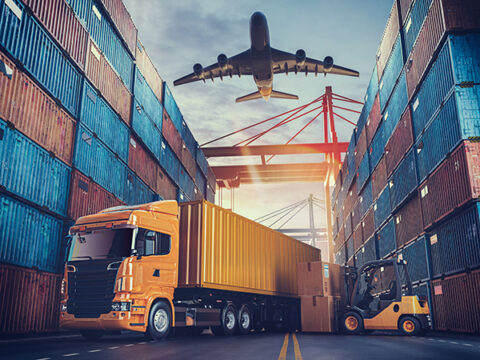Today’s blog finds us in the very first week of “meteorological spring.” Just a few weeks to the equinox! Hopefully, this means warmer weather will start to make its way across the country. Of course, it also means that in many places, severe weather will be starting to make its seasonal comeback, so be sure that your workplace and fellow employees are ready with a safety plan. Every season has its hazards. This week in the regulatory world finds PHMSA out with a new rule, so let’s dig right in:

PHMSA
In a final rule (HM-219D), the agency amended the Hazardous Materials Regulations (HMR) to update, clarify, improve the safety of, or streamline various regulatory requirements. Specifically, this rulemaking responds to various petitions for rulemaking submitted by the regulated community between May 2018 and October 2020. This final rule is effective on April 3, 2024. Actions under the rule include:
- Allow for appropriate flexibility of packaging options in the transportation of compressed natural gas in cylinders.
- Streamline the approval application process for the repair of certain DOT specification cylinders.
- Provide greater clarity on the filling requirements for certain cylinders used to transport hydrogen and hydrogen mixtures.
- Facilitate international commerce, and streamline packaging and hazard communication requirements by harmonizing the HMR with international regulations to allow the shipment of de minimis amounts of poisonous materials.
- Provide greater clarity by requiring a specific marking on cylinders to indicate compliance with certain HMR provisions.
- Streamline hazard communication requirements by allowing appropriate marking exceptions under certain conditions for the transportation of lithium button cell batteries installed in equipment.
- Provide greater flexibility and accuracy in hazard communication by allowing additional descriptions for certain gas mixtures.
- Increase the safe transportation of explosives by updating certain Institute of Makers of Explosives (IME) documents currently incorporated by reference.
- Modify the definition of ‘‘liquid’’ to include the test for determining fluidity (penetrometer test) prescribed in the European Agreement concerning the International Carriage of Dangerous Goods by Road (ADR).
- Incorporate by reference the Compressed Gas Association’s (CGA) publication C–20–2014, ‘‘Requalification Standard for Metallic, DOT and TC 3-series Gas Cylinders and Tubes Using Ultrasonic Examination,’’ Second Edition, which will eliminate the need for some existing DOT special permits and allow alternative methods for the requalification of cylinders. This revision would eliminate the need for special permit applications and renewals.
- Incorporate by reference the updated Appendix A of CGA publication C–7–2020, ‘‘Guide to Classification and Labeling of Compressed Gases,’’ Eleventh Edition.
- Incorporate by reference the CGA publication C–27–2019, ‘‘Standard Procedure to Derate the Service Pressure of DOT 3-Series Seamless Steel Tubes, First Edition.’’
- Incorporate by reference the CGA publication CGA C–29–2019, ‘‘Standard for Design Requirements for Tube Trailers and Tube Modules, First Edition.’’
- Incorporate by reference the CGA publication CGA V–9–2019, ‘‘Compressed Gas Association Standard for Compressed Gas Cylinder Valves, Eighth Edition.’’
OSHA
The agency renewed an ICR related to its ammonia handling and storage standards. Ammonia is a toxic gas and can also present explosive hazards under some conditions. The chemical is widely used in the agricultural industry. See the ICR here.
Labelmaster is a full-service provider of products, shipping and training software, and professional consulting services to assist the DG and HS&E professional to comply with national and international regulations. See our full line of solutions at www.labelmaster.com.


